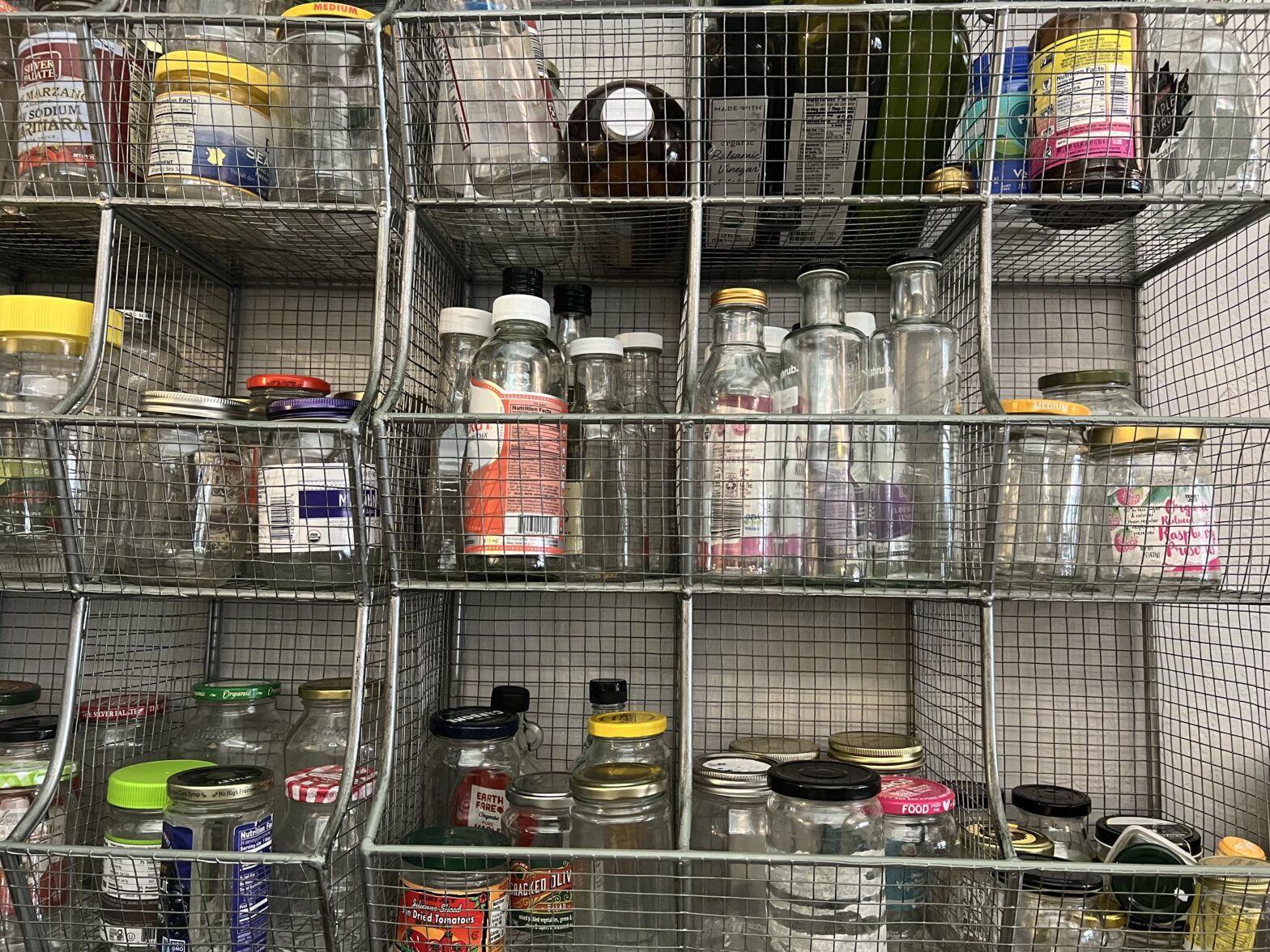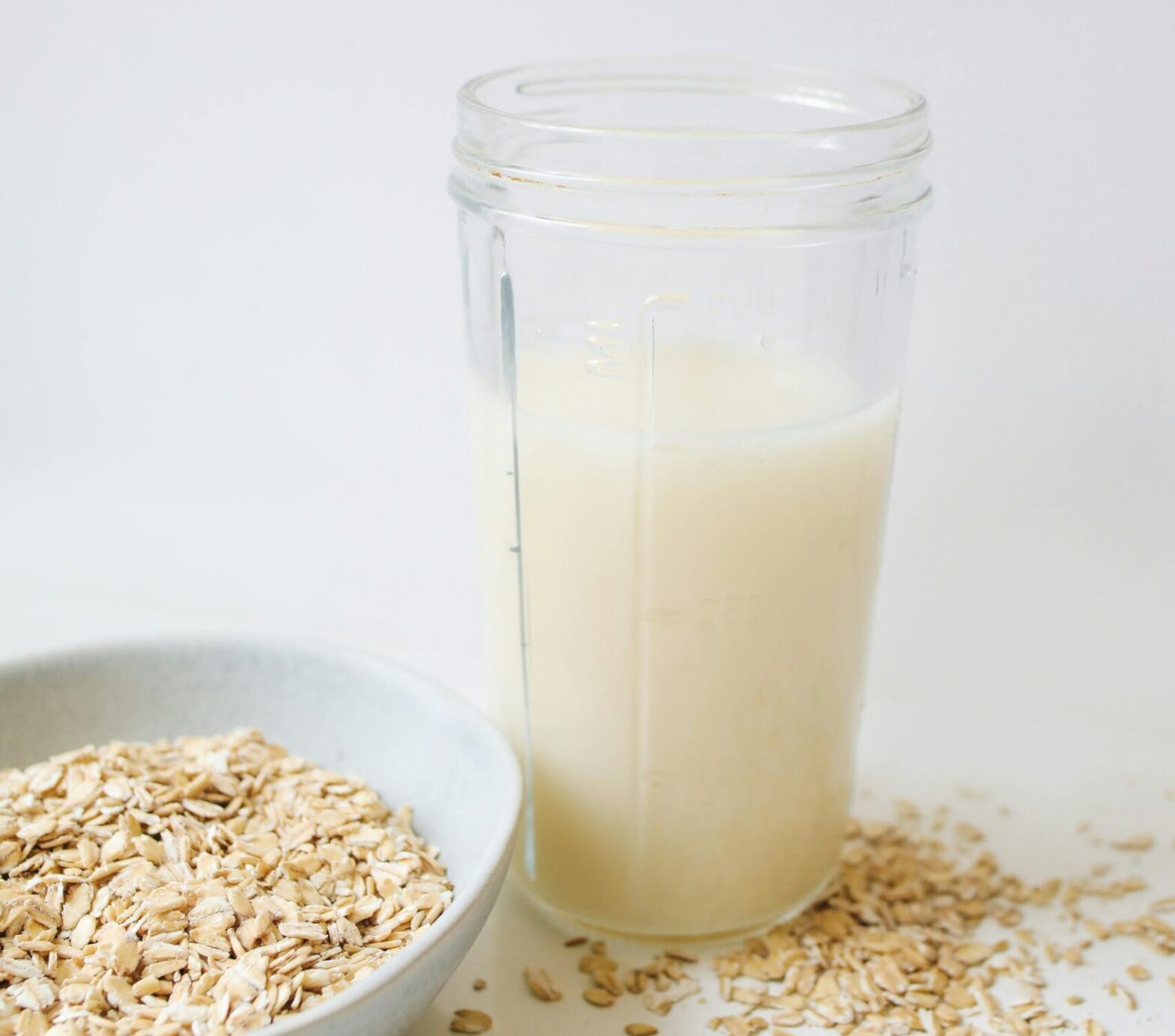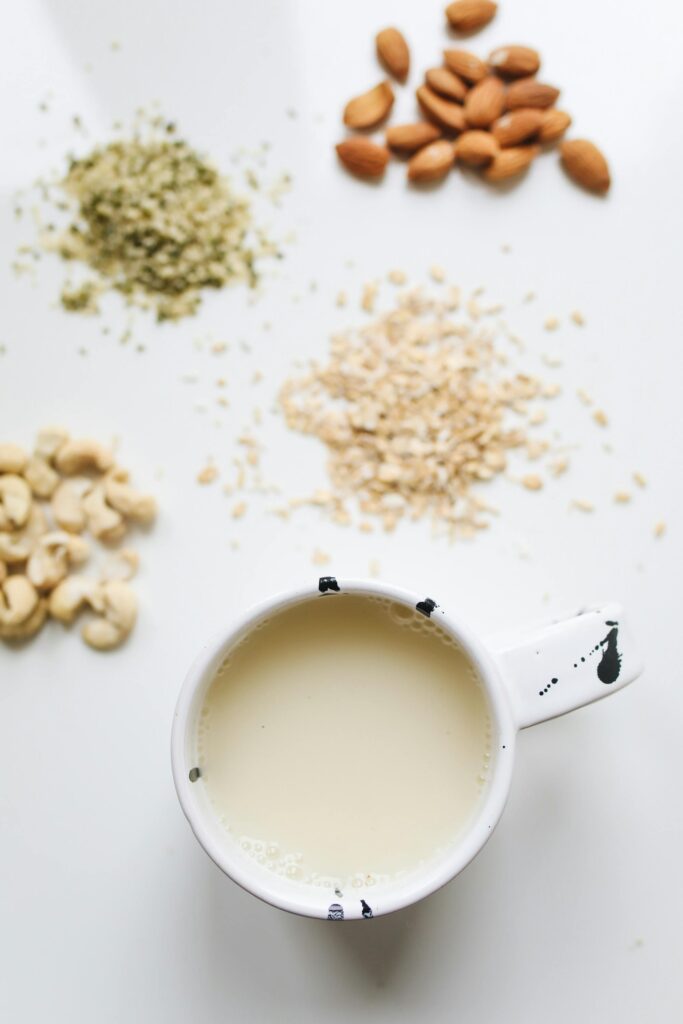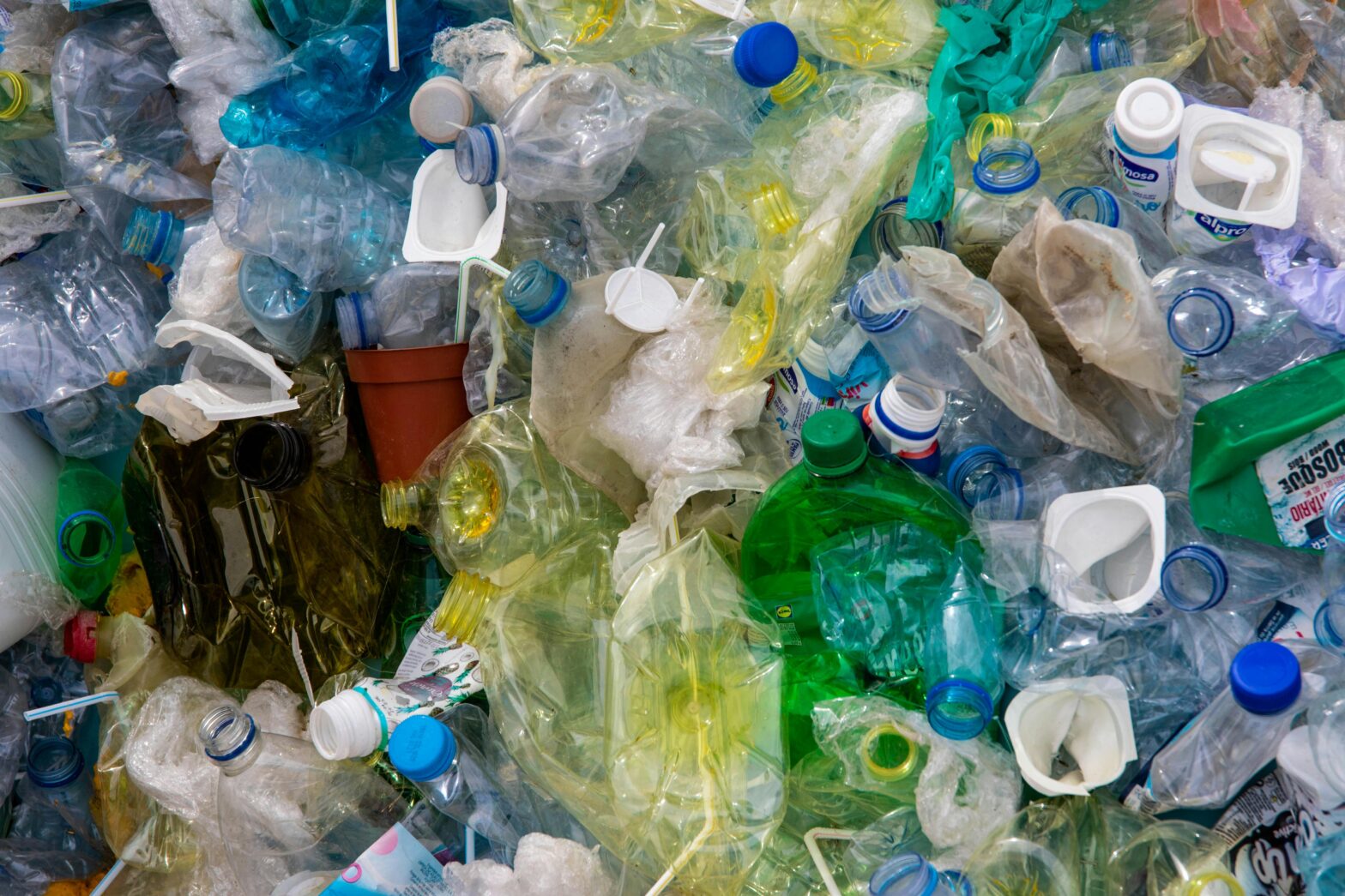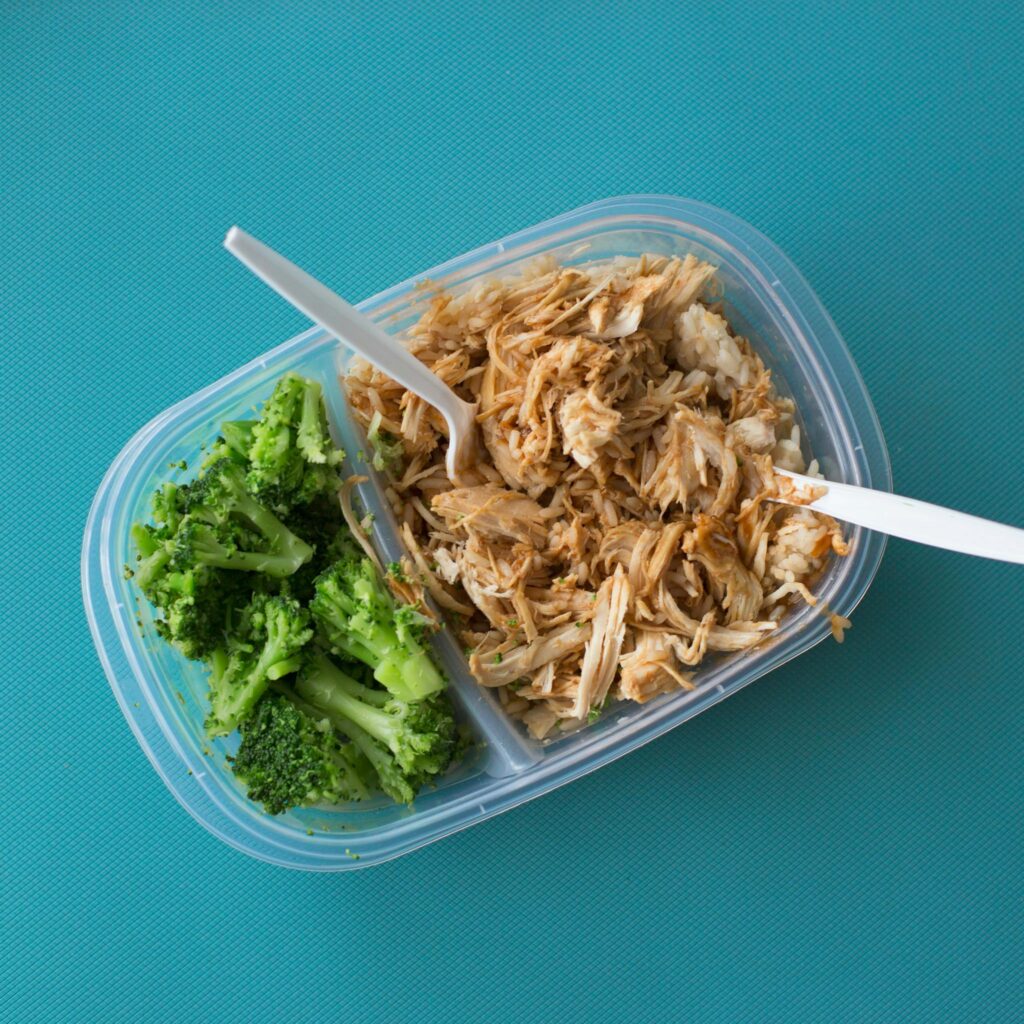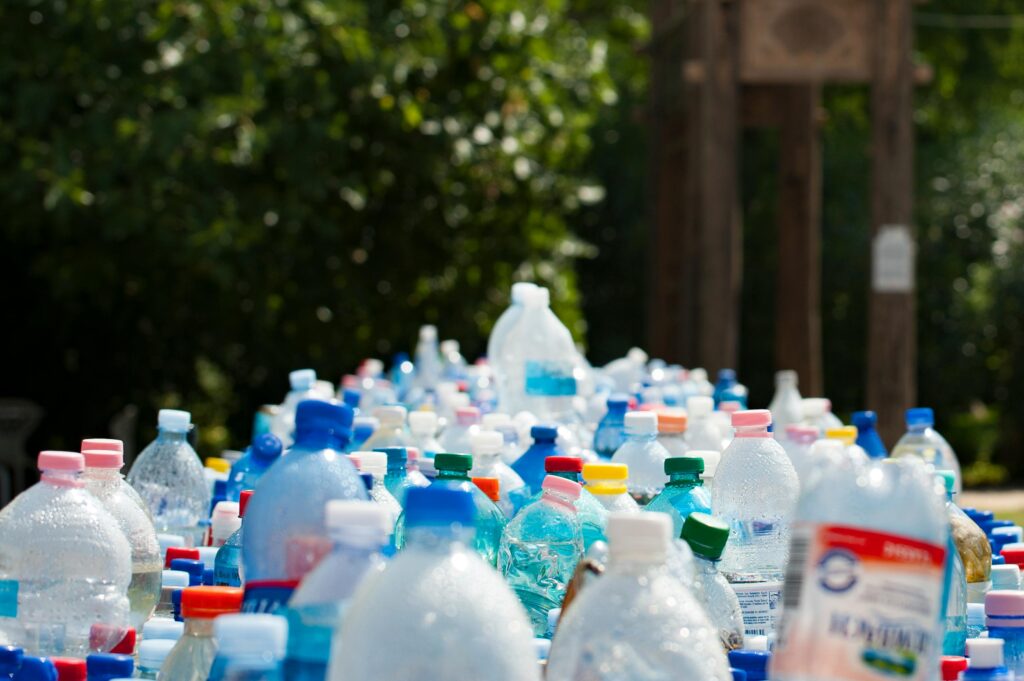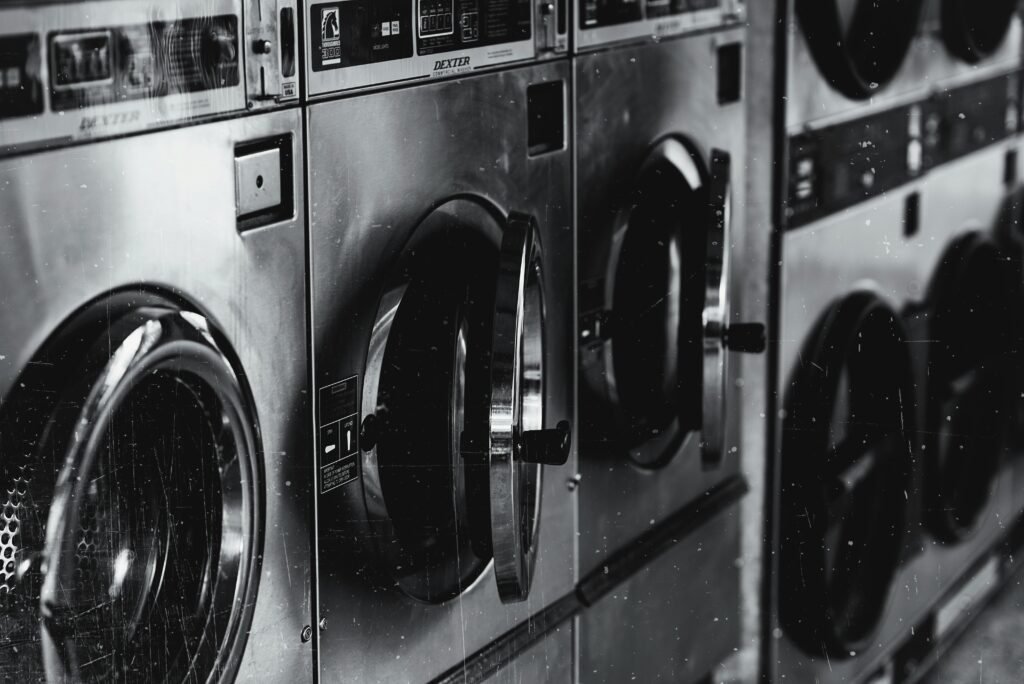Being located in a college town means a portion of our customers are only here in Gainesville for a short time before heading off to conquer the world. Plus, just the general comings and goings means we get the question all the time: “Are there more Life Unplastics? Is there something like this in [insert town here]?”
We’re pretty confident there aren’t any other Life Unplastics, but there ARE similar low-waste businesses (aka zero waste shops and/or refilleries) that offer a different (and better!) way to consume your groceries and home goods. Actually, there are lots more across the United States with new ones opening all the time. You could say we’re in the midst of a kind of Refill Revolution, as more and more entrepreneurs get inspired to bring their version of a sustainable business model to their communities.
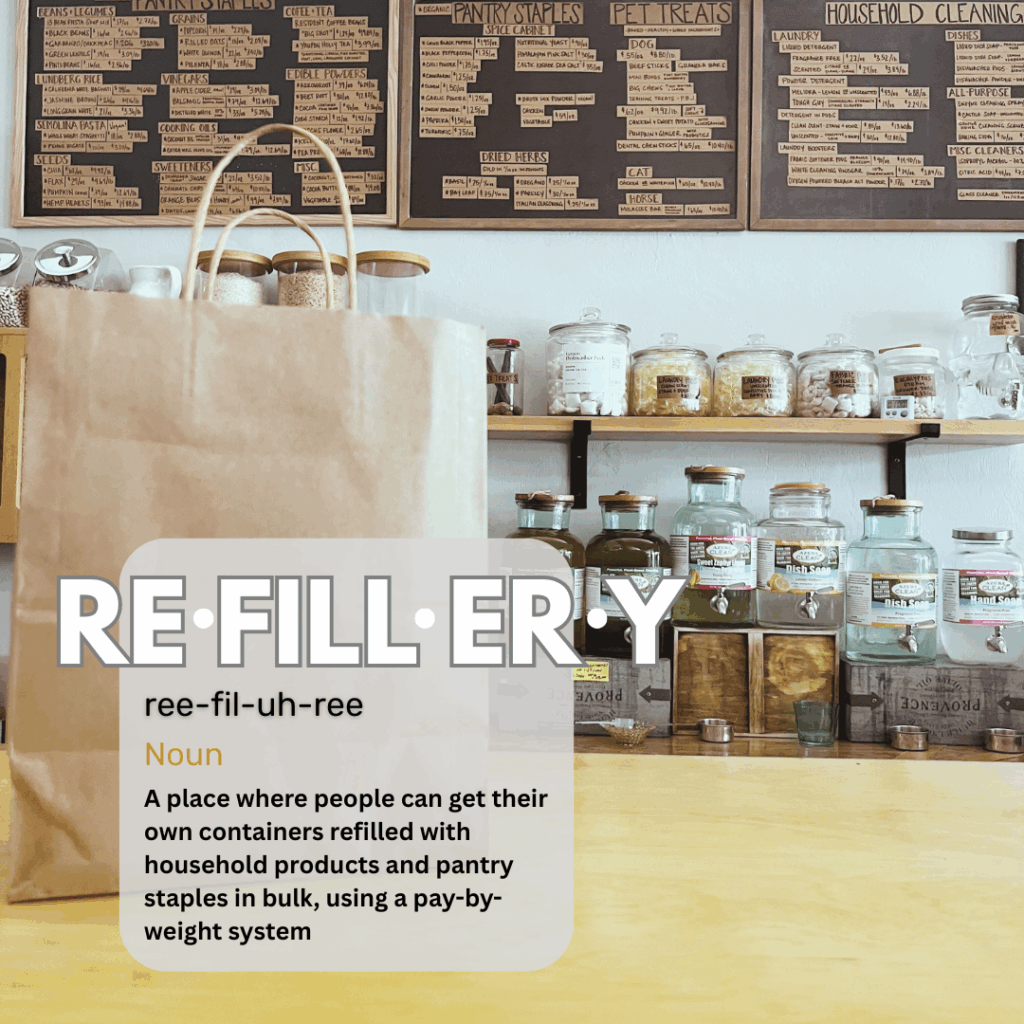
Refillery – A place where people can get their own containers refilled with household products and pantry staples in bulk, using a pay-by-weight system
The first true refillery in the USA was established in 2012, but the movement can be traced back to France in the early 2000s. The movement has only been growing since, and there is now estimated to be over 600 refilleries and bulk shops in the US, ranging from ‘self-service’ shops where you weigh and refill your own container to ‘full-service’ bulk bars (like ours!).
There are mobile refilleries that act almost like food trucks, some that have little cafes inside, some that sell only locally-produced small-batch products, and chains that have locations in multiple cities or states.
When arranging priorities, some focus solely on providing an eco-friendly option to the locals around them, zooming in on the community they can have the biggest impact on. Others go for across-the-board change by advocating for widespread lifestyle changes and environmental activism.
All are important for the zero-waste cause, and yet there are other reasons to refill as well!

Why Refill?
The pay-by-weight model has been around for ages, offering certain benefits that individually pre-packaged goods can’t provide. And modern eco-friendly refilleries only add to the list of reasons to refill:
- You can customize the amount to your needs or budget – or both!
When you’re paying by weight, you only pay for what is put inside your container. Which means you can get a few ounces of any product, as opposed to committing to the big jugs in a conventional grocery store. You can also make a few dollars stretch and pick up several different ingredients for an easy, nutritious dinner at a surprisingly low cost, compared to if you had to buy each ingredient in it’s pre-packed grocery store counterpart. - Reduce the amount of single-use plastic you throw away
Of course, one of our main missions at Life Unplastic is to help you eliminate plastic, but all refilleries have a natural way of reducing single-use packaging by letting you refill the same container multiple times. At LU, we’ll happily refill your plastic bottles (no shame here!), which keeps them in the usage loop and out of the landfill. - Reduce the amount of single-use plastic WE throw away
Refilleries often partner with their suppliers to make transactions more closed-loop. For example, we always make sure to give the empty buckets back to Resident Coffee when we get our delivery of freshly roasted beans, so they can take the containers back and fill them again. Just getting bulk products cuts down on packaging, and local bulk products are even better for the lack of shipping required! - Know exactly what you’re getting
Packaging at the supermarket is made to grab your attention, maybe more than it’s made to actually provide information. Not only do you not pay for the advertising when you buy bulk refills, but you also don’t have to grapple with flashy buzzwords or greenwashing. Eco-conscious refilleries also tend to opt for clean, non-toxic, even single-ingredient formulas that exclude fragrances or other hidden ingredients. - Reduce your cognitive load
Speaking of greenwashing, we battle that monster for you. All of our products are vetted to ensure that you’re getting high quality, clean, sustainable products from companies that are transparent and ambitious about their sustainability. We also curate a menu that pares down each category to our absolute favorites, so you have the freedom to choose without getting stuck in decision paralysis. - Slow down!
It doesn’t add much time, but bringing your own containers certainly adds at least a small level of intention to what could otherwise become a mindless, consumerist chore. Many refilleries also boast a warm, local vibe that you can’t find at big box stores, and that extra human interaction may add a little time to your grocery shopping, but it also adds a lot of warmth to your day in an era of increasing isolation.
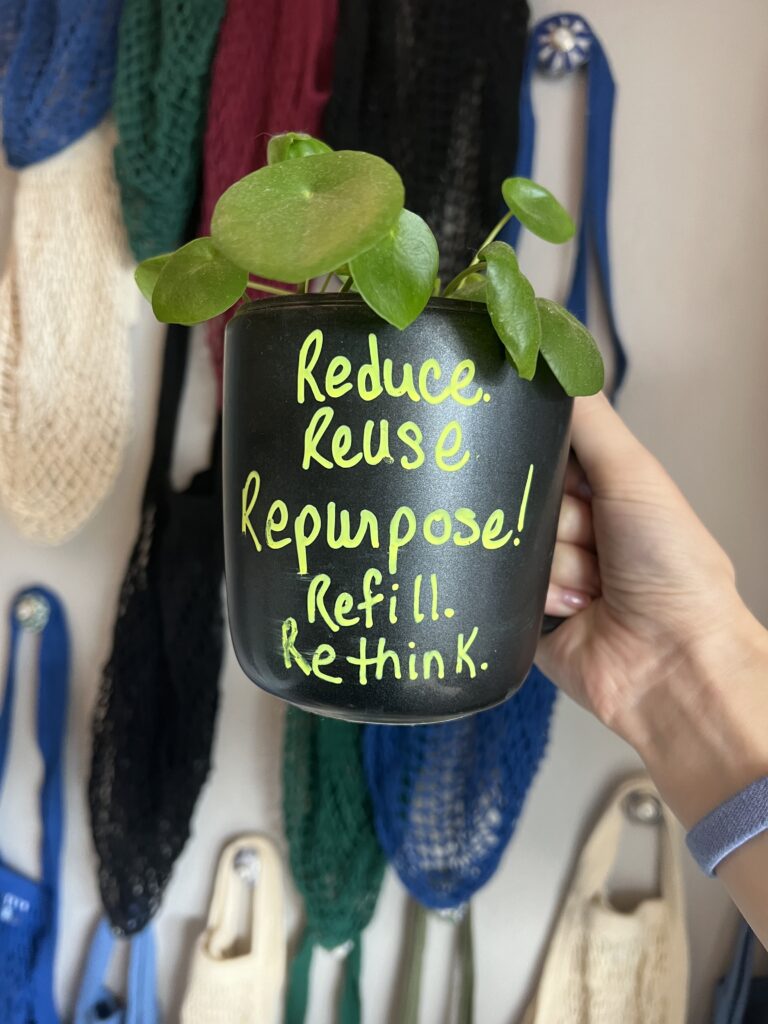
So How Do You Find More Refilleries?
There are a number of databases to help you find refilleries across the USA. Litterless breaks it down by state and city, and includes other zero-waste shops as well, Refill Directory is another list-format database that focuses on refilleries alone. For a map view, try scanning Dawna Mirante’s google maps guide. We’re proud to be featured among other change-makers on these lists!
If you see a blank spot on the map, and you feel so driven, consider opening your own refillery! You’d be filling a hole in a local economy, championing the environment, and joining a network of inspired entrepreneurs that come from a world of different backgrounds.
If you’re not the business-y type, but still want to learn more about the movement, we recommend reading these articles:
https://tastecooking.com/the-refillery-is-coming-for-your-grocery-store-routine/
https://wastingwell.wordpress.com/2024/12/17/the-scoop-on-refilleries/#_edn5
https://www.greenwashingindex.com/refillery-revolution/
Thank you for staying informed, for supporting environmental movements, and for eco-chatting with us!
